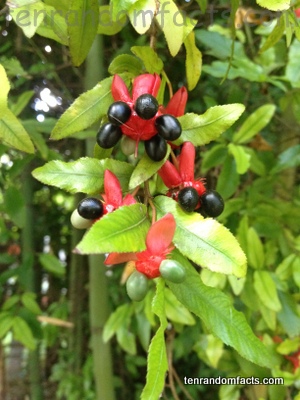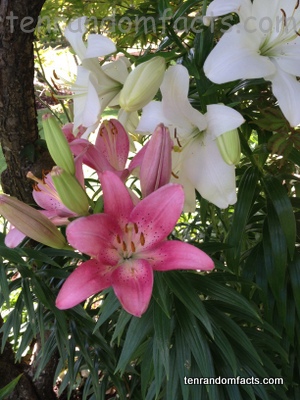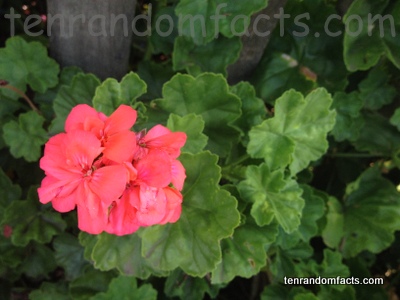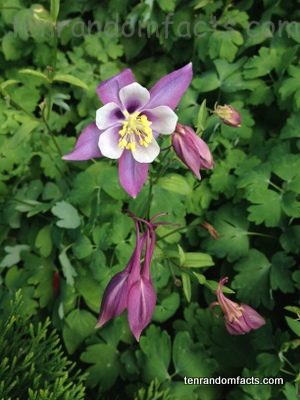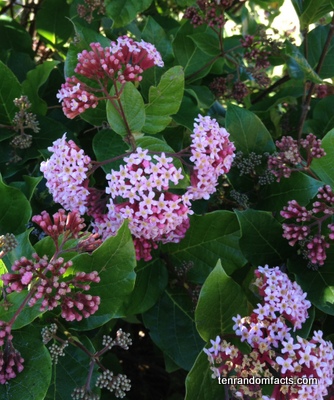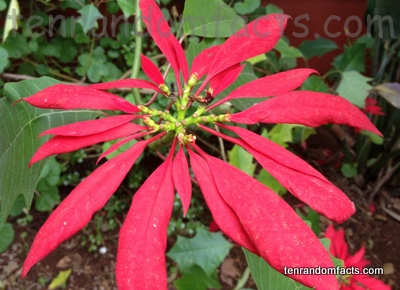
An important Christmas flower: poinsettia.
- Poinsettias are decorative plants, from the family Euphorbiaceae, the family of spurges.
- Poinsettias are small trees or shrubs that grow from 0.6 to 4 metres (2 to 13 feet) in height, and have large leaves.
- The scientific name of poinsettias is ‘Euphorbia pulcherrima’, and they are also known as ‘lobster flowers’ and ‘flame-leaf flowers’ and there are over 100 varieties of the plant.
- Poinsettias are native to Central America and Mexico and can be found in forests, which is their natural habitat.
- Poinsettias are a popular, symbolic Christmas plant, as they resemble the colours of Christmas, typically being red and green coloured.
- Contrary to popular belief, poinsettias are not dangerously poisonous, although the sap can cause sickness if consumed and an allergic reaction can occur for some people if they touch the sap.
- Poinsettias are primarily green, although the bracts, that are often mistaken as the flower, come in various colours, and different varieties can be found in red, orange, pink, white, pale shades and white shades, as well as speckled and multicoloured.
- Poinsettia flowers are generally small, clustered, and yellow in colour, centred in the middle of the bracts.
- Poinsettias are popularly grown indoors and although they are often incorrectly believed to lack survival outside, they can be grown outside all year round, as long as they are not exposed to frost.
- ‘Poinsettia’ is named after Joel Poinsett, who was a politician, physician and botanist, and the first United States Minister to Mexico.
Bibliography:
Poinsettia, 2013, Wikipedia, http://en.wikipedia.org/wiki/Poinsettia
Poinsettia Facts, 2013, University of Illinois Extension, http://urbanext.illinois.edu/poinsettia/facts.cfm





